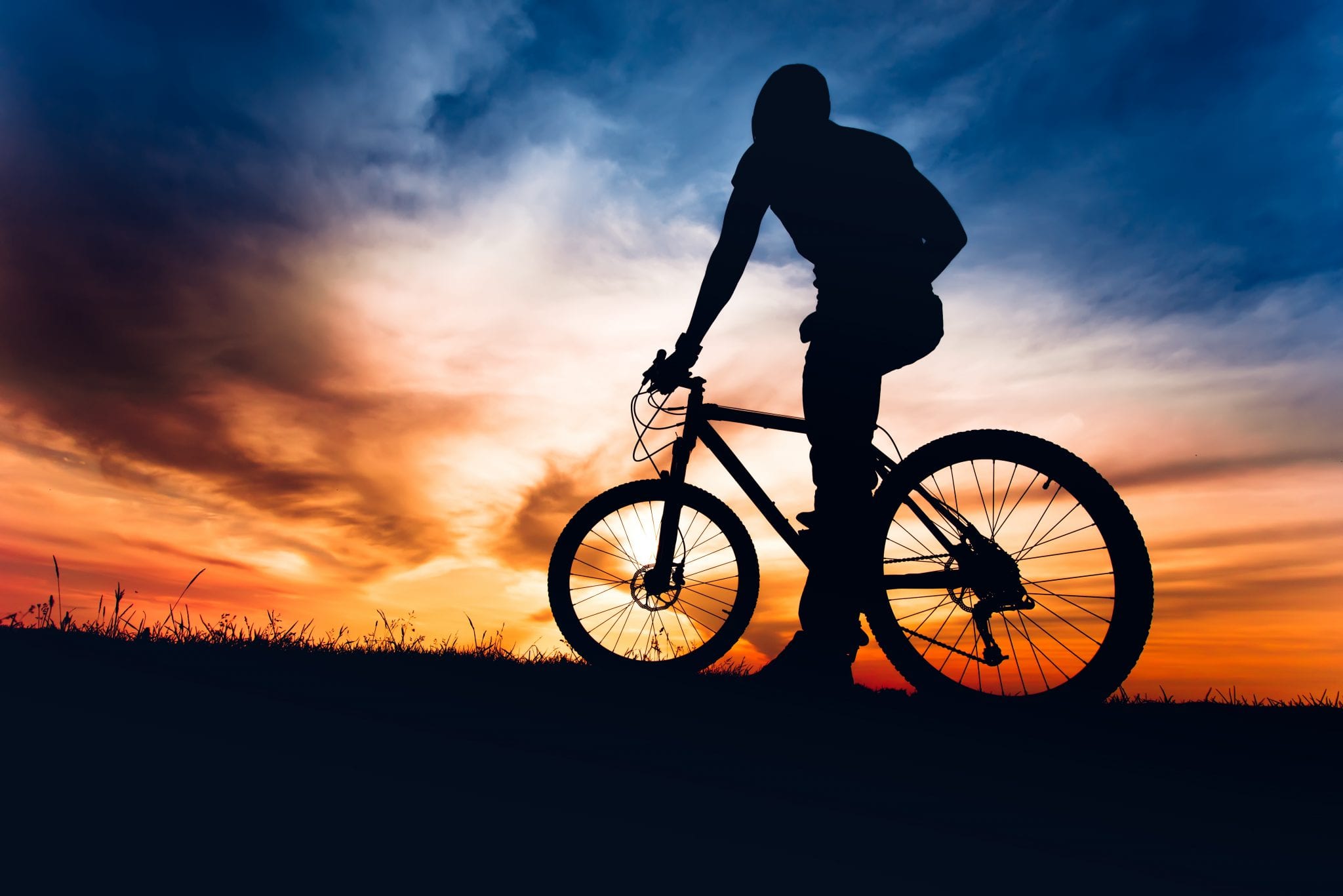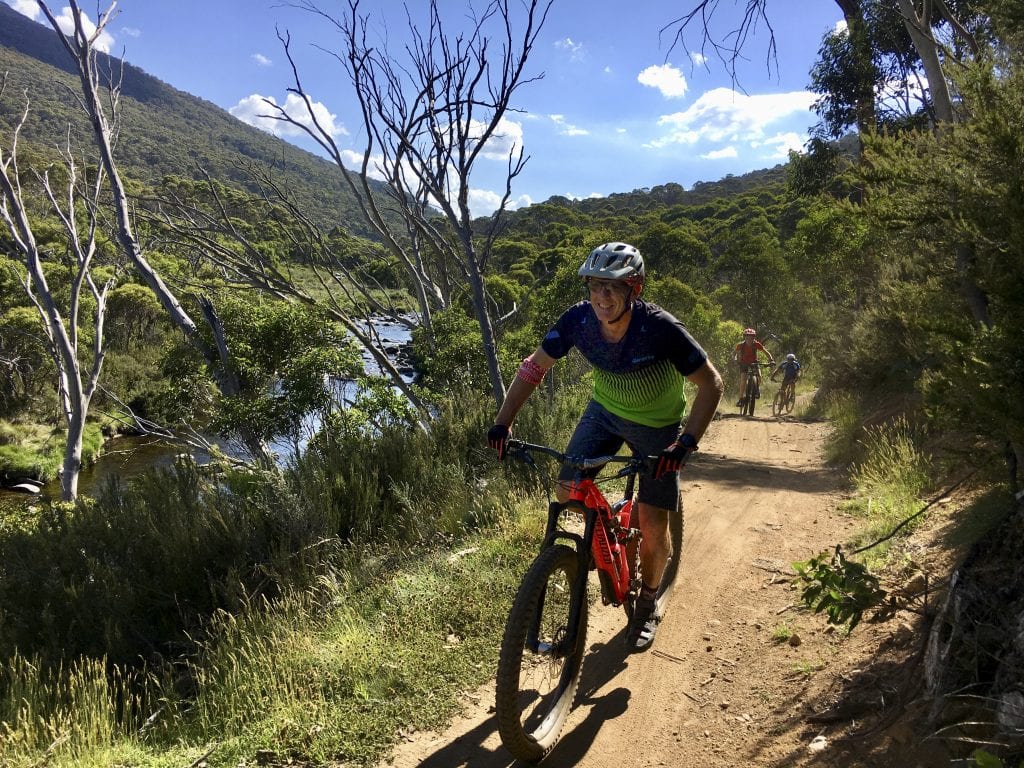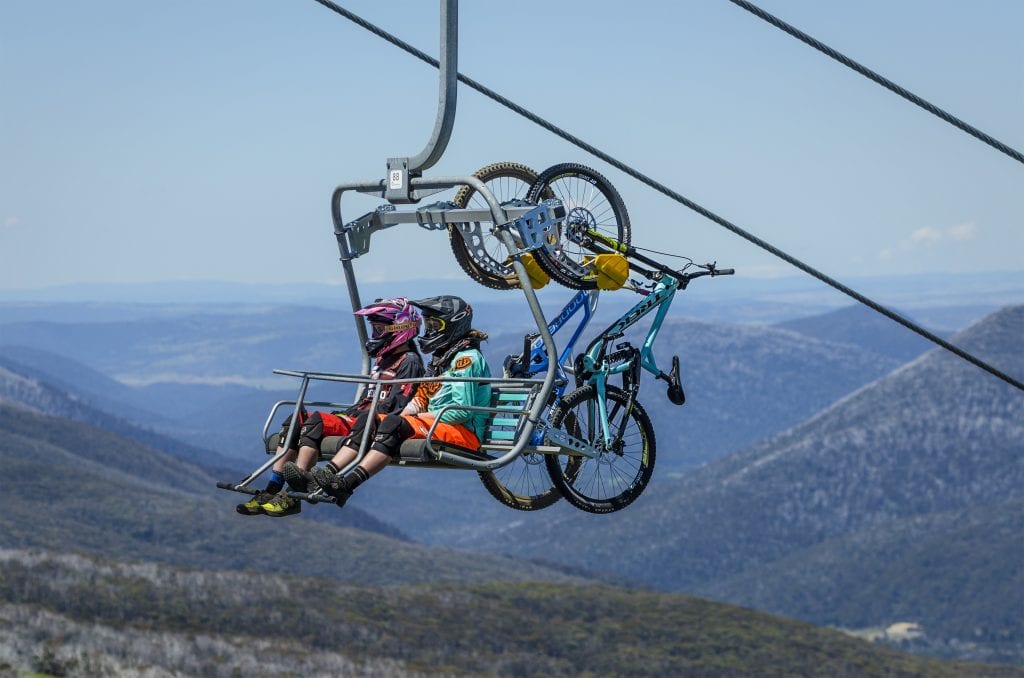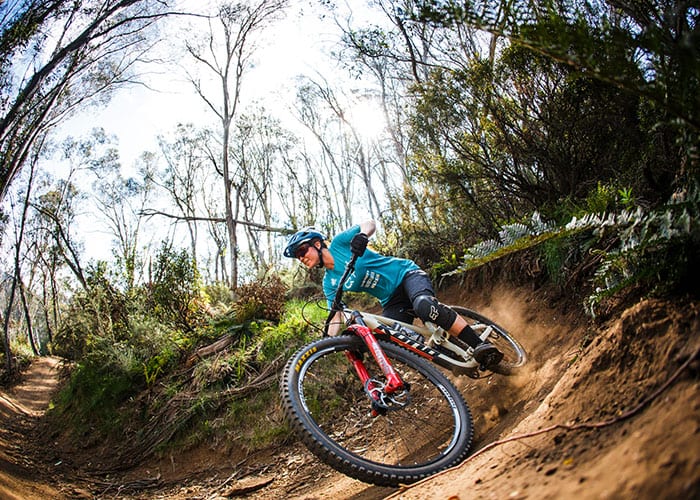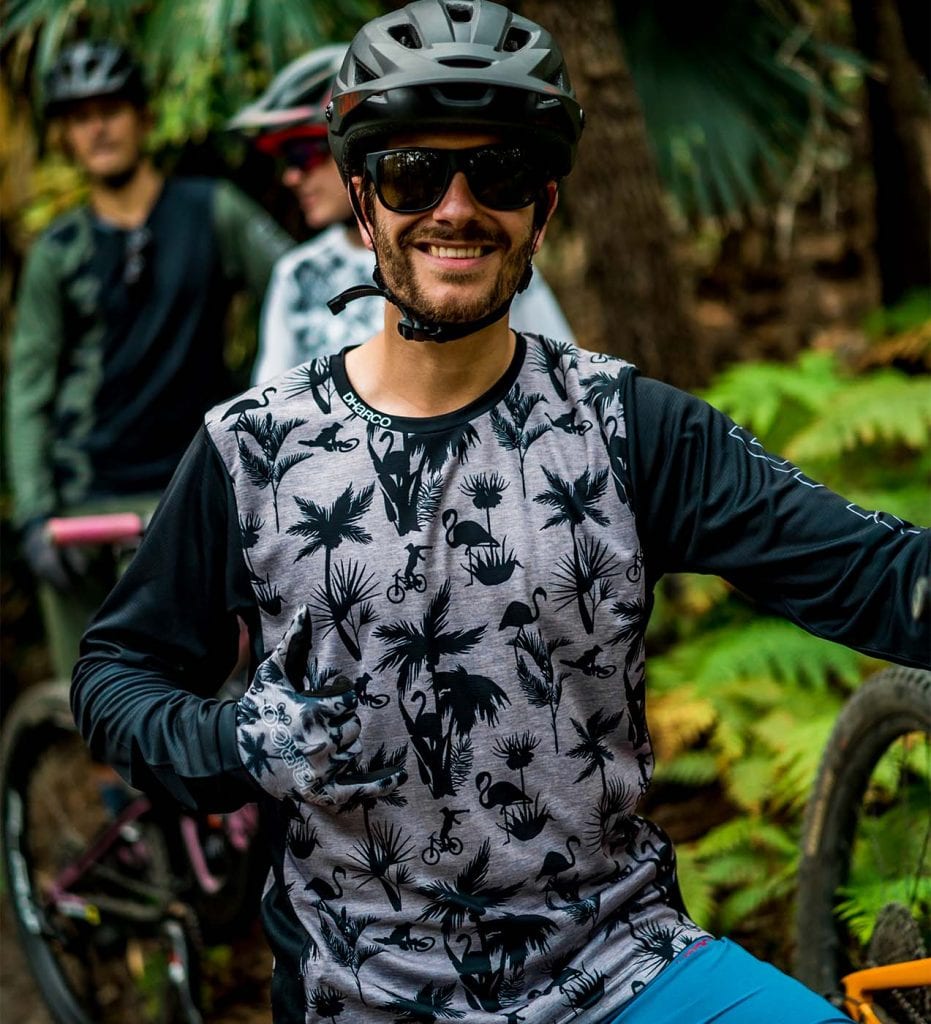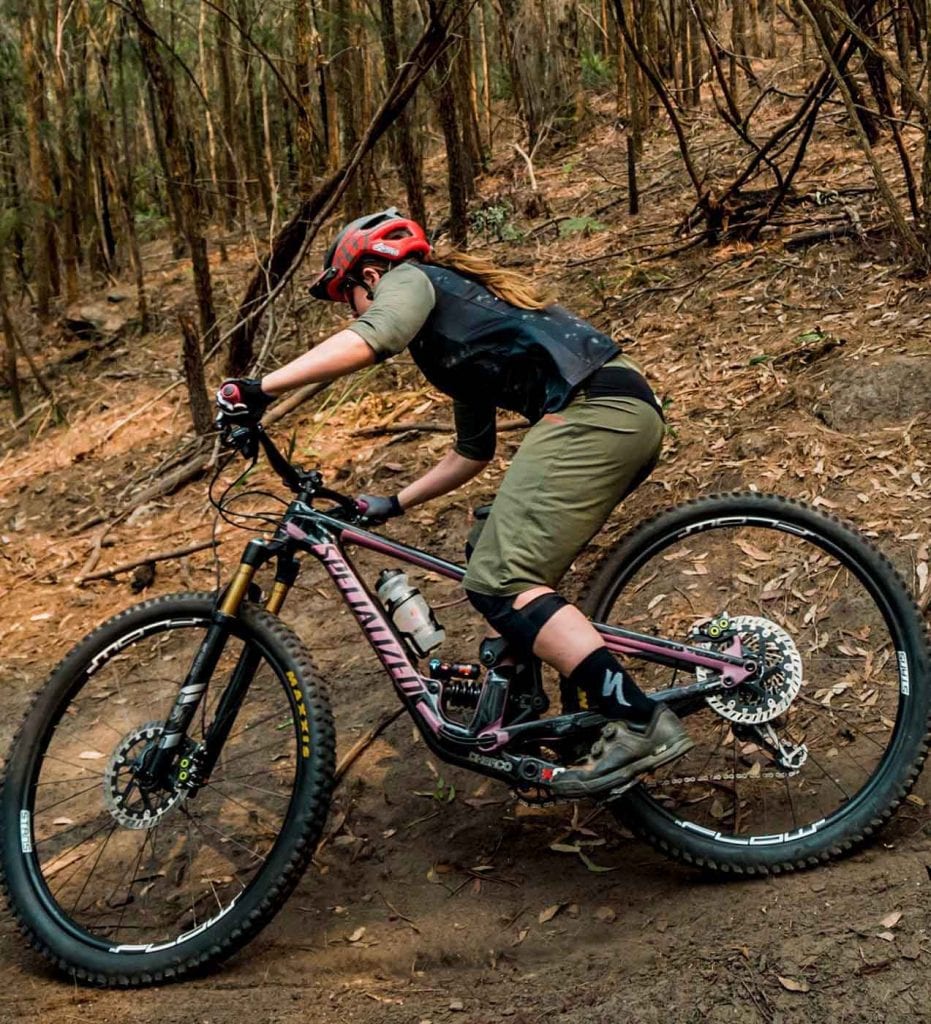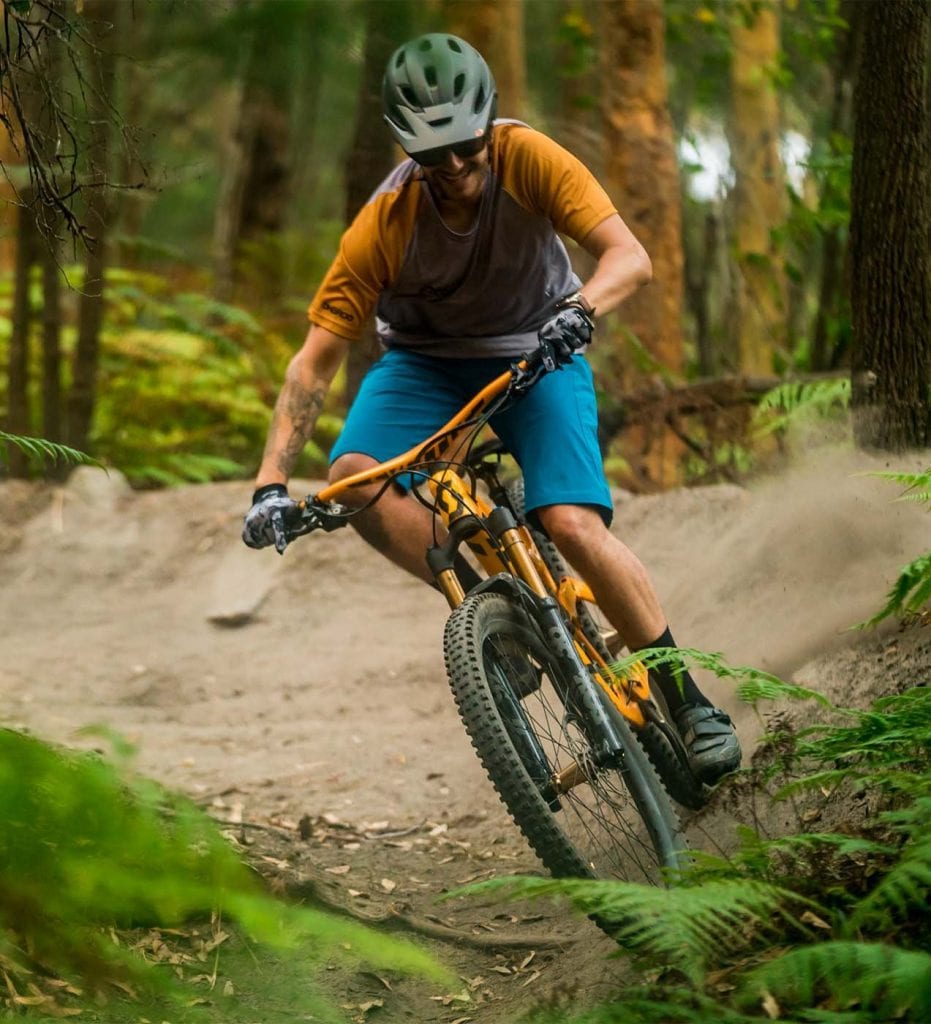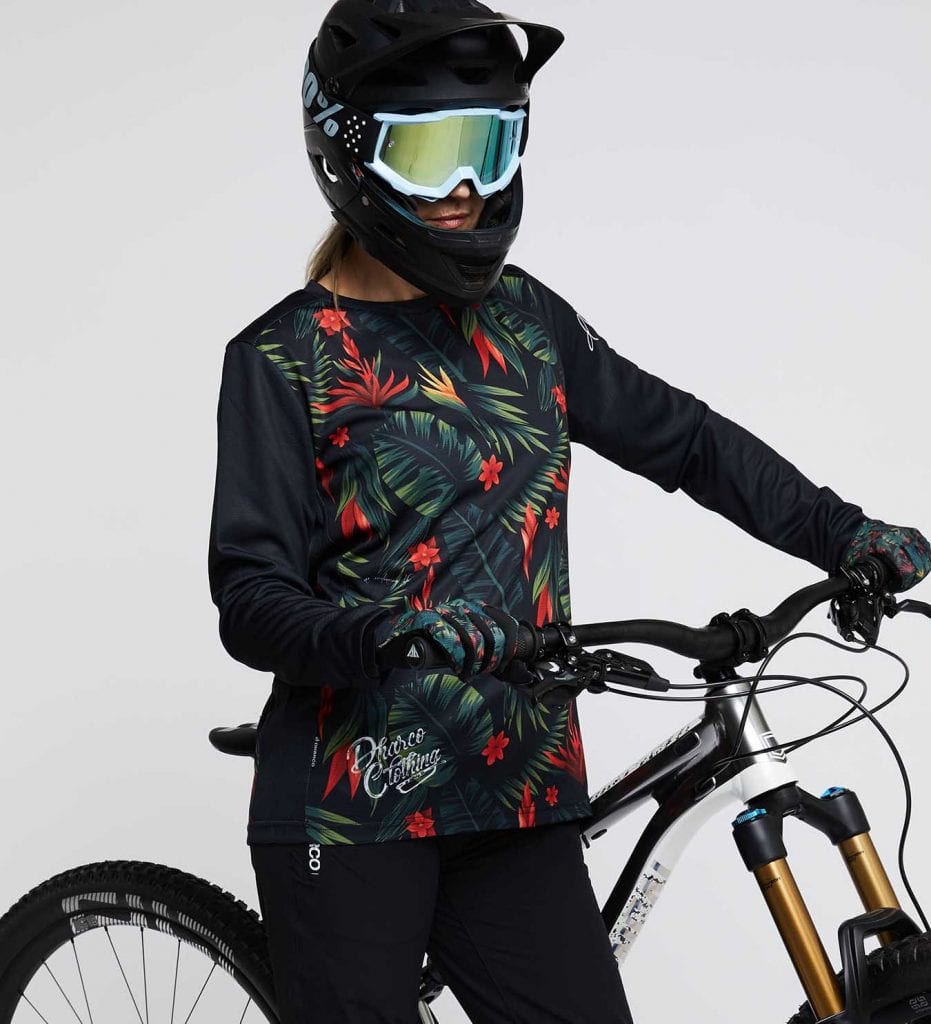So you’ve always wanted to mountain bike. You’ve come to the right place as mountain bike expert, Tracey Croke, reveals all you need to know to get started.
Mountain biking was born back in the 70s when a crew of extreme crazies raced their “klunkers” (modified beach bikes) down a steep rocky trail in northern California. These early antics sparked the development of suspension, which eventually made the sport way more fun and accessible to the masses.
Now, anywhere you can get off road with knobby tyres is arguably described as mountain biking. That means year-round good times with family and friends in the stunning landscapes of this ecologically and geographically diverse country – the wow factor that makes Australia one of the most exciting mountain bike destinations in the world.
First things first, choose your ride
Suspension is the technological magic that keeps you flowing over roots and popping off rocks with control, as opposed to being pinged around the trail like a pinball. Used correctly, it absorbs the knocks and gets you jumping with joy. In simple terms, suspension is what makes mountain bikes squishy.
Generally, the steeper and more technical the trail is (think obstacles such as slabs, rock-steps and boulders), the more squish – “travel” – your bike is going to need. However, be mindful that the amount of travel will affect the weight and price tag.
As a rule, bikes with front suspension only – “hardtails” – cost less than a full-suspension bike, which has both front and rear suspension. I spent many happy years on solid hardtail, but with hindsight, it held me back from trying out more technically challenging trails and discovering what I (and the bike) could really do.
If budget allows, purely for the fun factor, I would ride a full suspension bike from the get-go – even on the easiest trails. However, the priority is getting out there, so get the best bike you can to get going.
Endurance riders, who get their kicks from crushing uphills over bombing down a black trail, will love a cross-country (XC) bike. These are shorter-travel racier bikes, which accelerate rapidly and are a favourite for smoother less technical trails.
If you see yourself progressing to more challenging trails with multiple features and measure your rides in grins, then a trail bike is for you. Trail bikes have longer travel and are designed with a geometry that can take on a rowdy descent but are still capable climbers.
Downhill bikes are at the extremely sturdy and squishy end of the scale. They are designed with the longest travel to take on the biggest jumps, gaps and drops. They are simply made to go down not up, so unless you’ve got thighs like a rhinoceros, you’ll need a shuttle or lift to get you to the top.
Mountain e-bikes are appealing if you’re less fit, less able, recovering from injury or just want to make brutal climbs more manageable. However new riders should bear in mind that while an e-bike will get you up the hills easier, it won’t magically furnish you with the skills to come down.
How much dosh do I need?
- Thredbo Valley Track. Photo credit: Tracey Croke
- The easy way up at Thredbo. Photo credit: Destination NSW
- Woody’s intermediate MTB run at Thredbo. Photo: Thredbo Media
Bike pioneer Keith Bontrager coined this phrase: “Strong. Light. Cheap. – Pick two.”
All mountain bikes, whichever riding style you choose, need to be strong. Low cost bikes can look really nice, but would it be a fun ride? And would it stand up to a what an average trail will throw at it?
Modern mountain bikes pack a fair whack of sophisticated technology.
While you can pass on the eye-watering $15,000 price tags for a top-end pro-level model, expect to pay from $3000 for a full-suspension trail bike that will allow you to explore more gnarly challenging trails and keep up with you as you progress.
Be warned, MTB prices have increased due to demand since the Covid travel ban, so you may have to wait for the bike you want as a result of shipping delays.
Get the gear and the idea
- DHaRCO Mens Gravity jersey
- Women’s DHaRCO Gravity Shorts
- DHaRCO Mens Gravity Shorts
- DHaRCO Tropical DH Gravity Jersey
Like road cycling gear, mountain biking getup needs to be stretchy and moisture-wicking, but the style is relaxed and roomier. Checkout DHaRCO, who offer an extensive range to both women and men.
Gloves as well as elbow and knee protectors are a good idea too. G-Form are lightweight, flexible pads, which instantly harden on impact and I can tell you from experience they work. Finally, don’t skimp on the helmet.
Skill up
Good news is most dedicated mountain bike parks/trails are rated green, blue and black, just like ski trails, for difficulty so you can build your way up with your skill set.
It is, however, a good idea to seek out some skills sessions. Chocolate Foot in Sydney offer clinics to build your mountain bike skills and will have you tackling obstacles you never imagined from the outset. Choose from one on one tuition or group clinics, they even have women’s clinics and kids clinics and a regular “shred school.”
If you’re not in Sydney then Google will help you out. Once you find a good coach, they’ll help you minimise your spills, squash your fears, fill you with confidence and have you whooping around gnarly trails in no time.
Where to ride in Australia
Check out where to shred locally on Trailforks – a database of over 11,000 trails for beginner to expert. Also there are 155 clubs in Australia and countless Facebook groups running regular social rides.
A boom in the activity over the past few years has driven trail investment in every state and territory.
Queensland
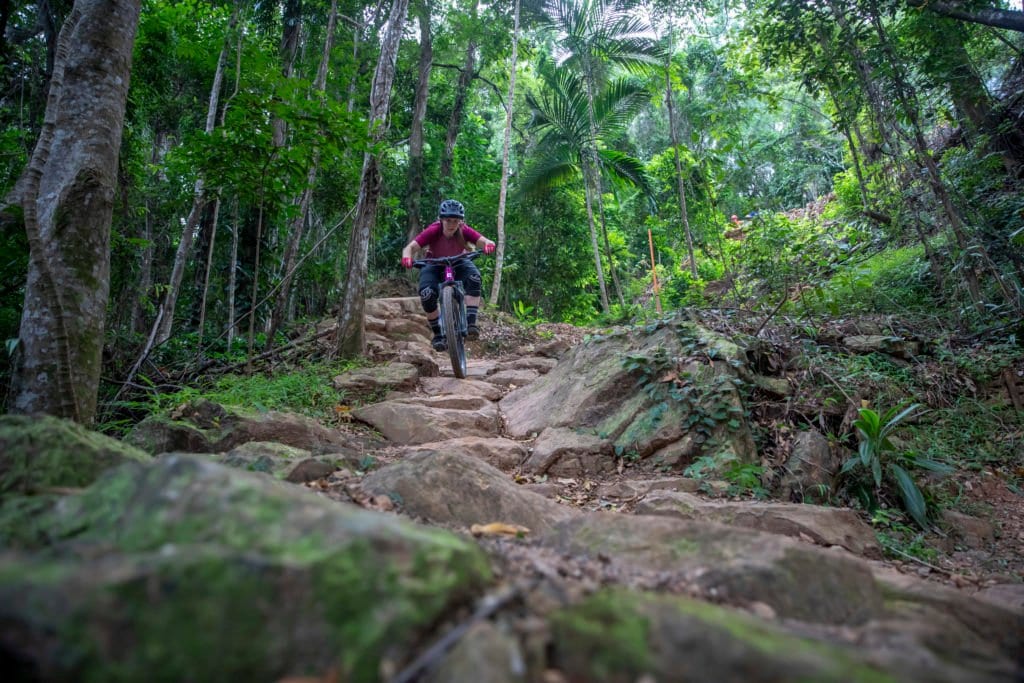
New shredders will find plenty to explore in Cairns – an iconic region that offers 700-kilometres of documented trails, including Smithfield Mountain Bike Park, the world’s highest profile rainforest trail system. Trails sculpted out of volcanic clay twist their way through Tropical North Queensland’s magnificent vine-wrapped jungles on jagged ridges overlooking the Reef.
Victoria
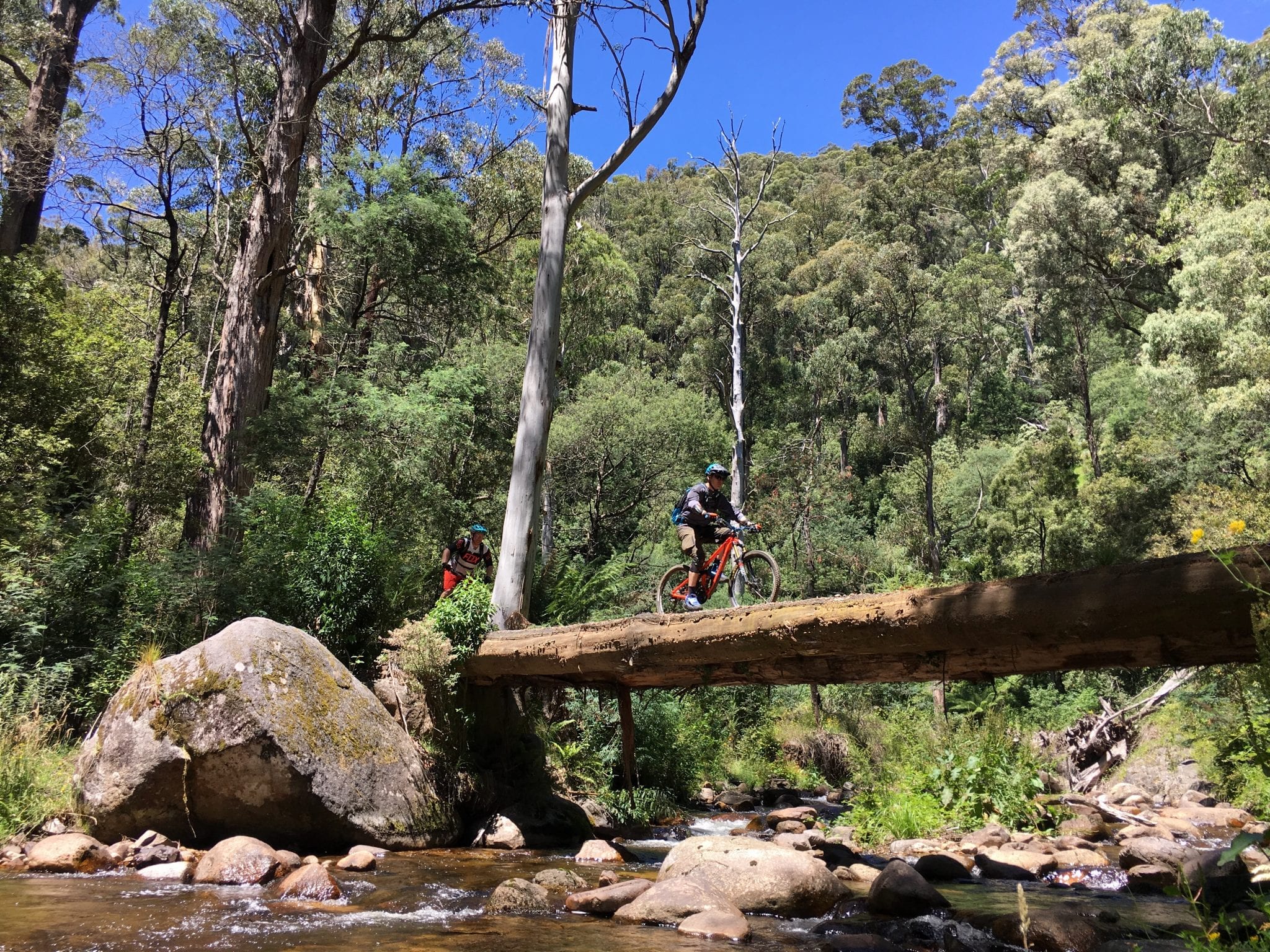
In Victoria’s High Country, Mt Buller is among a select group of mountain biking destinations around the world recognized for offering large-scale mountain bike facilities and something for every rider. There is over 100-kms of trails, including 40-kilometres of singletrack.
Also, at the rooftop of Victorian Alpine National Park, Falls Creek showcases 40-kms of gravity and flow in mesmerising alpine terrain.
New South Wales
Thredbo, where riders get lifted to the top of Australia, has long been a summer pilgrimage for mountain bikers. In recent years, the Snowies region has massively expanded its trail network to compete for the trails-for-everyone crown. A little lower down at Lake Crackenback Resort, a network of beginner and family friendly trails makes the snowy mountains supercharged for all.
ACT
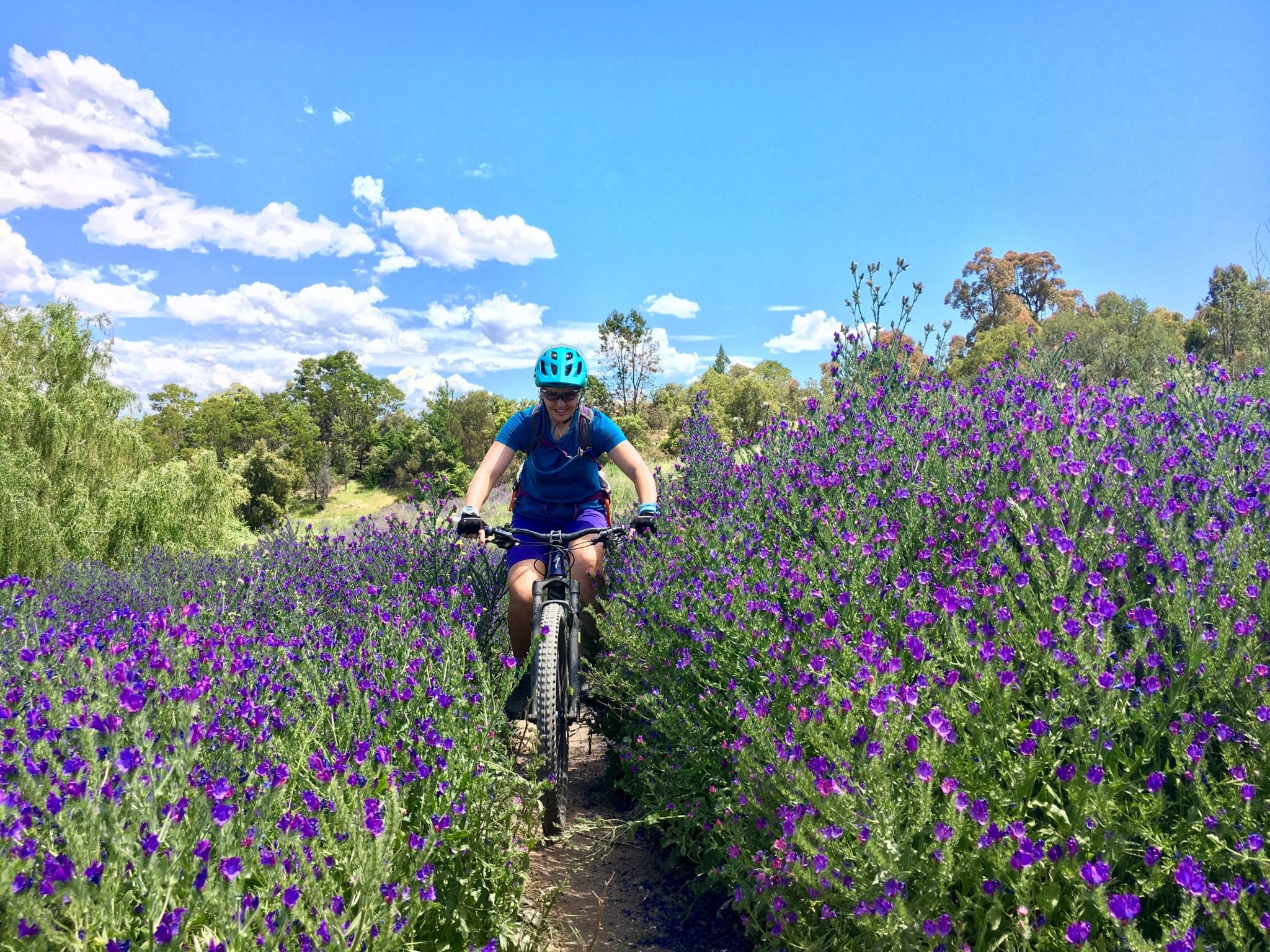
On the doorstep of Canberra, a 50-km network of professionally built and maintained trails at Stromlo Forest Park is one of the most popular in the country for mountain bikers, BMX riders and bike-loving families.
Tasmania
Ninety minutes east of Launceston, you’ll discover the largest single mountain bike project ever undertaken in Australia. Blue Derby is a purpose-built 125-km single-trail network through Tasmania’s pristine natural environment catering for all skill levels. The project has made news around the world for single-handedly reviving the struggling local economy. Derby is overflowing with mountain-biker joy and local pride.
The other option is St Helens Mountain Bike Trails in the scenic Bay of Fires, though you’ll need to be fit or have an e-bike for the climb.
Up for a bigger adventure?
It’s surprising where two wheels can take you – think multi-day trips exploring back-country wildernesses on long-distance trails. Once you get the hang of it, bike adventures are limitless.
When the travel ban lifts with your new found mountain bike skills you can hit the trails across the USA, Canada, Europe and beyond.
Please help SnowsBest survive 2020 and remain your independent source of snow and adventure news with a “Covid contribution“, from as little as $1, so we can continue to deliver the news and content you value in a year when we need each other most. Contribute here.
